When I Hear Police Sirens Getting Closer
When I hear police sirens getting closer
More Posts from Shusheerhshsheshhh and Others


Rage 🦋❄️
bruh i am so happy with this one I don’t remember when i was satisfied with a piece a did, but this is a win for me👁
tag yourself ; cities
paris - soft smiles, blooming flowers, lots of sunlight, stories swirling in your mind, cursive letters, piercing eyes, whispers filled with secrets
new york - gives zero fucks about others’ opinions, perfect eyebrows, no sleep, a bit sad inside, huge equal rights activist, red lipstick, artsy af, string lights, lots of coffee, high waisted jeans
london - new ideas, old architecture, a soft voice, flickering candles, intelligent eyes, loud laughter, dancing alone in your room, big dreams, hot tea
montréal - comfy socks, french bakeries, lover of books, bold thoughts, wide smiles, kinda broken, cute jackets, warm hot chocolate, cobblestone streets
tokyo - aesthetic af, pen sketches, bright colors, bold fashion, small yet powerful smiles, striving for greatness, cute glasses
rome - loves museums, kind words, tangled earbuds, a bit in love, bright eyes, artsy photos, likes history, open windows, probably sings in the shower


This Abdul al Rahman PHD in computer and communication (Radio Waves)
And Karen is a nerdy student who is blaming everyone who is asking basic questions that shouldn’t be asked


closeups of my ephemera from my 18k thank you post.

sorry i don’t feel coloring it 😔



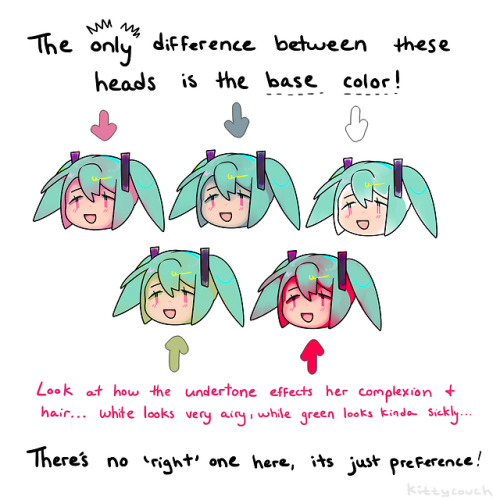
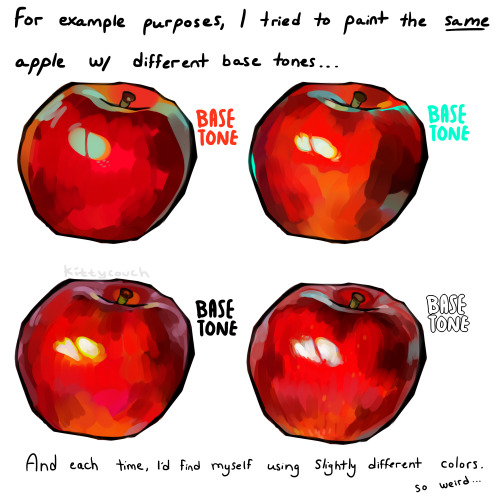
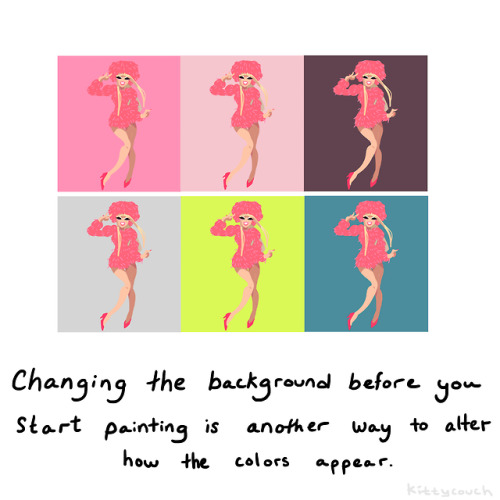
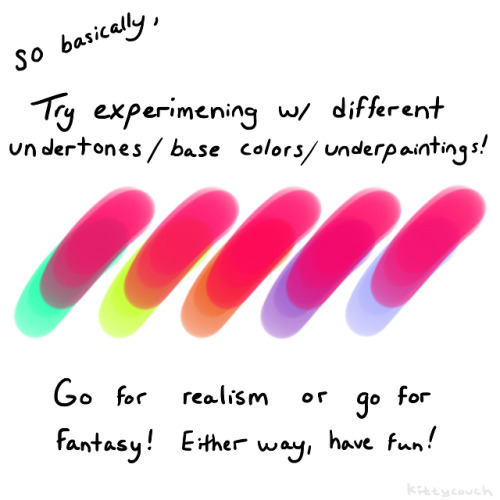
No one asked but here’s a brief tutorial on digital underpainting and how it can add some extra flavor to your art!
(I got asked this a couple times so just to clarify: I used “overlay” in the second slide… but the rest of these examples are JUST painted on, no effects! Try playing with the opacity on your pencil/water/brush tool to allow the base color to show through!)
did somebody say
cute boys
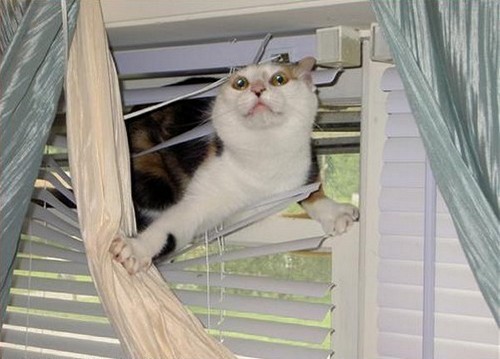
Oc Eliass Ethanol + Hairstyles
Least favorite



Favorite



Absolutely my favorite


Bonus:
Canon looks


Mini SAI guide - "Blending (color blending)", "Dilution (opacity mix)", and "Persistence" settings.
I’ve had a general idea what these things did but wasn’t completely sure what their specific functions were. I decided to sit down and figure it out, and I have thrown together a short reference guide for anyone who is confused about them. I know there are multiple translations of SAI floating around, so if some of these terms don’t sound familiar, just know that I’m talking about the three settings that appear under the texture in the brush tool settings (note that this won’t apply to any tool types except for brushes and watercolor brushes).
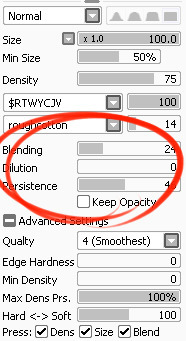
I don’t claim to be an expert so if you find I’ve made a mistake, let me know so I can update it, thanks! :3
—-
BLENDING (Color Blending)
This controls how readily the brush will inherit any colors you are painting over with it. For example, a 0% blending setting will pick up no existing colors, treating it as if you were painting on a transparent layer. A 100% blending setting will ONLY pick up existing colors (provided there are any). So at 100%, the color you’re using won’t even show up, unless you move to a transparent area. Blending is not affected by transparent pixels, so if you’re drawing on a blank layer it will have no effect.

So you can see from this example that the color I’m using gets harder to paint as the blending increases and more of the existing green is absorbed, until at 100% it is just completely turning green.
—-
DILUTION (Opacity Mix)
This controls how readily the brush will draw on a blank (transparent) part of the layer. A 0% Dilution will result in the brush painting very easily onto a blank surface, while a brush with 100% dilution will literally not paint on blank parts of the layer at all. Dilution is ONLY affected by transparent pixels. So it won’t do anything if the whole layer is already filled in (even with white). Dilution can be thought of as the inverse of the Blending setting in some ways.

So in this example, you can see that as dilution approaches 100%, the color I’m painting with basically becomes invisible. In fact, if you were to switch to binary color mode and look at this layer, there would literally be nothing there anymore!
Keep this in mind - if you ever can’t paint for some reason, check your dilution setting, it might have gotten accidentally bumped to 100!
—-
PERSISTENCE
This one goes hand-in-hand with blending. Basically, it controls how easily a brush shifts color as you are blending from one color to another. Rather, how long it “persists” if you will. Like blending, Persistence is only really relevant when painting over existing color so it’s mostly unaffected by transparent pixels. Basically, the higher the persistence, the longer it will take for the color to shift as you make a stroke, and subsequently, from which color to which other color it is shifting is dependent on the blending setting.
So for this example I’ve done the same test with three different levels of blending. I turned off all pressure sensitivity (actually I just used my mouse) to emphasize the effects in a controlled environment:

If blending is at 0%, persistence fails to have any real effect. With pressure on, there is only the difference of having to push harder, but the results will be the same as far as I can tell.

At a happy medium of 50%, persistence increase causes the orange that the brush is picking up to last longer as it goes into the green, until it never shifts to blue at all.

At 100% blending, there was never any blue in the first place, because as we already know, full blending causes you to only pick up existing color. So the persistence setting changes only how fast the orange changes to green.
Persistence is dependent upon the blending settings, so having them somewhere in the middle will probably produce the most optimal results.
—-
CONCLUSION
Ultimately how you use these is up to you, and is largely dependent on what kind of brush you’re making and what it will be used for. And most of these settings are meant to be used together in unison, so play around with them a lot!
If you are confused, or not sure what settings you want or what settings you should be using, a safe bet is to put them all at about 50% - that will produce fairly average results that are easy to work with, and it’s easy to remember in case you want to experiment but don’t want to forget your settings in case you decide to switch back.
Hope that helps!
It’s really hard to not be able to tell someone you love them.
It’s really hard to not be able to tell someone you miss them.
It’s really hard to say goodbye when you don’t actually ready to let him go.
It’s always hurt every time you realize how much you want to run and hug him.
It’s always hurt every time you realize that the only place you want to be is in his arms.
It’s always hurt every time you always have to lie that you are fine when he asked about your day, when you actually cry every single day since that goodbye.
I know this is the right thing to do, but it just doesn’t make this any less painful.
Maybe it’s true, what people say to let go of someone if you love them.
Many times I asked myself whether or not this is the right decision.
But, every time I think about him and how exhausting it will be for him to hold himself if we were still together, I am always convinced that this couldn’t go any other way than it is now.
Every time I remember the proof that this is too hard for him, I am always convinced that I can’t hold him any more than this.
Maybe I am using him as an excuse for how much I can’t accept that thing.
Maybe I am using him as an excuse because I can no longer bear the pain.
Maybe I am using him as an excuse to try saving my own heart.
Either way, this is why we now come to this.
Partially, because I don’t deserve you anymore.
And the other part is because you are too good to be true to be in my life.
-
 justintheory liked this · 3 months ago
justintheory liked this · 3 months ago -
 tomominarsh liked this · 4 months ago
tomominarsh liked this · 4 months ago -
 annita89wzepkc6fh liked this · 5 months ago
annita89wzepkc6fh liked this · 5 months ago -
 annita89rbk7rerh liked this · 6 months ago
annita89rbk7rerh liked this · 6 months ago -
 annaclgil liked this · 6 months ago
annaclgil liked this · 6 months ago -
 annita89z038o4h liked this · 6 months ago
annita89z038o4h liked this · 6 months ago -
 kiaraa-alyse reblogged this · 7 months ago
kiaraa-alyse reblogged this · 7 months ago -
 babybunnywings liked this · 7 months ago
babybunnywings liked this · 7 months ago -
 halcyoninthemorning reblogged this · 7 months ago
halcyoninthemorning reblogged this · 7 months ago -
 can-i-callyou-tonight reblogged this · 7 months ago
can-i-callyou-tonight reblogged this · 7 months ago -
 sadgirlzclubxo reblogged this · 7 months ago
sadgirlzclubxo reblogged this · 7 months ago -
 s-h-y-y-a-n-n-e reblogged this · 7 months ago
s-h-y-y-a-n-n-e reblogged this · 7 months ago -
 s-h-y-y-a-n-n-e liked this · 7 months ago
s-h-y-y-a-n-n-e liked this · 7 months ago -
 walaamm liked this · 8 months ago
walaamm liked this · 8 months ago -
 analogboii reblogged this · 9 months ago
analogboii reblogged this · 9 months ago -
 theskelemorgue liked this · 9 months ago
theskelemorgue liked this · 9 months ago -
 thebibliocat liked this · 9 months ago
thebibliocat liked this · 9 months ago -
 laserheartt liked this · 9 months ago
laserheartt liked this · 9 months ago -
 baesiv liked this · 10 months ago
baesiv liked this · 10 months ago -
 princessmnmz liked this · 10 months ago
princessmnmz liked this · 10 months ago -
 jackrabbitem liked this · 11 months ago
jackrabbitem liked this · 11 months ago -
 sturnsaver reblogged this · 1 year ago
sturnsaver reblogged this · 1 year ago -
 ridofy liked this · 1 year ago
ridofy liked this · 1 year ago -
 cinnamelroll reblogged this · 1 year ago
cinnamelroll reblogged this · 1 year ago -
 squeackygee reblogged this · 1 year ago
squeackygee reblogged this · 1 year ago -
 anxietychan liked this · 1 year ago
anxietychan liked this · 1 year ago -
 bb-nesquik liked this · 1 year ago
bb-nesquik liked this · 1 year ago -
 sakurafarron liked this · 1 year ago
sakurafarron liked this · 1 year ago -
 dildo--daggins reblogged this · 1 year ago
dildo--daggins reblogged this · 1 year ago -
 dildo--daggins liked this · 1 year ago
dildo--daggins liked this · 1 year ago -
 dewo-art liked this · 1 year ago
dewo-art liked this · 1 year ago -
 bactrimdmfg liked this · 1 year ago
bactrimdmfg liked this · 1 year ago -
 artzeei liked this · 1 year ago
artzeei liked this · 1 year ago -
 spacecampband liked this · 1 year ago
spacecampband liked this · 1 year ago -
 citylight-stars reblogged this · 1 year ago
citylight-stars reblogged this · 1 year ago -
 millennial-teenybopper liked this · 1 year ago
millennial-teenybopper liked this · 1 year ago -
 moony-night2 liked this · 1 year ago
moony-night2 liked this · 1 year ago -
 diablopicorojo liked this · 1 year ago
diablopicorojo liked this · 1 year ago -
 lawlietisawesome liked this · 1 year ago
lawlietisawesome liked this · 1 year ago -
 nezjazz reblogged this · 1 year ago
nezjazz reblogged this · 1 year ago -
 sickmoonsvanceven liked this · 1 year ago
sickmoonsvanceven liked this · 1 year ago -
 unenbimapost liked this · 1 year ago
unenbimapost liked this · 1 year ago
